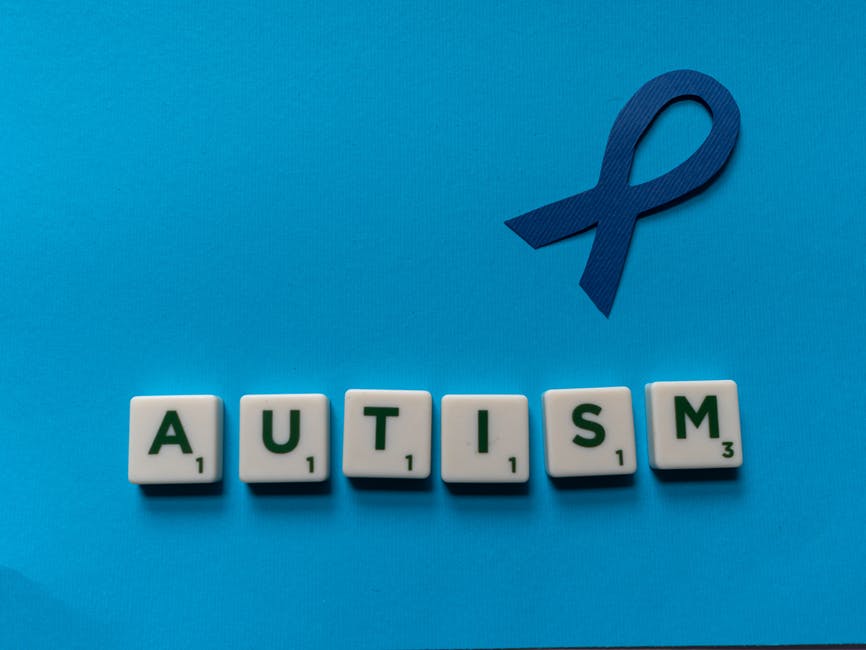
What Are the Different Types of Autism?
Autism is a complex and diverse neurological disorder that affects millions of people across the globe.
It encompasses a wide range of symptoms and behaviors that can vary greatly from one individual to another. Understanding the different types of autism is crucial.
In this blog post, we’ll explore major types of autism and provide insights into their unique characteristics. So let’s dive in!
Classic Autism
Classic autism, also known as Kanner’s autism, is the most well-known and widely recognized form of autism. It is characterized by challenges that affect a child’s development from an early age.
This type of autism in children often struggles to make eye contact or engage in social interactions with others. They may have difficulty communicating their needs or emotions through speech or nonverbal cues such as facial expressions or body language.
Asperger’s Syndrome
Asperger’s Syndrome is often referred to as high-functioning autism. This is because individuals with this condition typically have average or above-average intelligence and language skills.
One of the defining characteristics of Asperger’s Syndrome is difficulty with social interaction. Individuals may have trouble:
- Understanding social cues
- Making eye contact
- Engaging in small talk
They may also struggle with empathy and emotional regulation. Asperger’s Syndrome shows restricted interests or repetitive behaviors.
These signs of autism in such a case could manifest as an intense interest in a particular subject. They also show rigidity around routines. Additionally, they have a specific sensory preference.
While there are no cures for Asperger’s Syndrome, early diagnosis can help children receive the necessary support to manage their symptoms effectively. Treatment options with Blossom ABA therapy might include behavioral therapy sessions guided by trained professionals. They use tools such as social stories to teach kids how to communicate better socially without feeling overwhelmed.
Childhood Disintegrative Disorder
Childhood Disintegrative Disorder (CDD) is a rare condition that affects children’s development. It is also known as Heller’s Syndrome and regressive autism. CDD typically appears between the ages of 2 and 4 years old. This could be after a period of normal development.
Children with CDD experience a significant loss of previously acquired skills in various areas, such as:
- Language
- Social interaction
- Play skills
- Bowel or bladder control
- motor skills
They may become withdrawn and unresponsive to others or engage in repetitive behaviors. The cause of CDD is not fully understood. However, it is believed to be related to neurological abnormalities or genetic factors.
Rett Syndrome
Rett Syndrome is a rare and severe form of autism primarily affecting girls. This condition occurs due to a mutation in the MECP2 gene. This is responsible for regulating the activity of other genes in the body.
The symptoms of Rett Syndrome usually appear between 6 and 18 months of age. This is when the child’s development starts to slow down or regress. The child may experience:
- Loss of speech and motor skills
- Repetitive hand movements
- Breathing difficulties
- Seizures
- Scoliosis
- Anxiety
- Sleep problems
Rett Syndrome can be diagnosed through genetic testing or clinical observation. Unfortunately, there is currently no cure for this condition, but treatment focuses on managing symptoms through medications, therapies, and assistive devices.
Understand the Different Types of Autism
Autism is a complex condition with many different subtypes. While each case of autism is unique, understanding the common classifications can provide those affected with a deeper understanding of their condition.
Take the next step by seeking out resources and support to better understand the different types of autism.
Was this article helpful? If so, explore our main blog page for more helpful topics.
